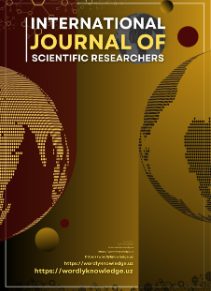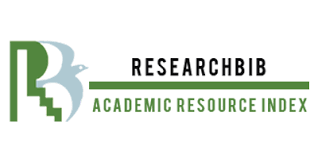ОБ ОДНОЙ МАТЕМАТИЧЕСКОЙ МОДЕЛИ ОБЛАКО
Abstract
В этой статье обсуждается одна гидродинамическая математическая модель облока разработанная с помощью искусственного интеллекта.
References
[1]- Holton, J.R., and Hakim, G.J. (2012). An Introduction to Dynamic Meteorology (5th Edition). Academic Press.
- Wallace, J.M., and Hobbs, P.V. (2006). Atmospheric Science: An Introductory Survey (2nd Edition). Academic Press.
[1]- Emanuel, K.A. (1994). Atmospheric Convection. Oxford University Press.
[2]- Smagorinsky, J. (1963). General Circulation Experiments with the Primitive Equations: I. The Basic Experiment. Monthly Weather Review, 91(3), 99-164.
[3]- Kessler, E. (1969). On the Distribution and Continuity of Water Substance in Atmospheric Circulations. Meteorological Monographs, Volume 10, Number 32.
[4]- Thompson, G., Rasmussen, R.M., and Manning, K. (2004). Explicit Forecasts of Winter Precipitation Using an Improved Bulk Microphysics Scheme. Part I: Description and Sensitivity Analysis. Monthly Weather Review, 132(2), 519-542.
[5]- Morrison, H., Curry, J.A., and Khvorostyanov, V.I. (2005). A New Double-Moment Microphysics Parameterization for Application in Cloud and Climate Models. Part I: Description. Journal of the Atmospheric Sciences, 62(6), 1665-1677.
[6]- Skamarock, W.C., et al. (2008). A Description of the Advanced Research WRF Version 3. NCAR Technical Note, NCAR/TN-475+STR.
[7]- Chen, F., and Dudhia, J. (2001). Coupling an Advanced Land Surface–Hydrology Model with the Penn State–NCAR MM5 Modeling System. Part I: Model Implementation and Sensitivity. Monthly Weather Review, 129(4), 569-585.







